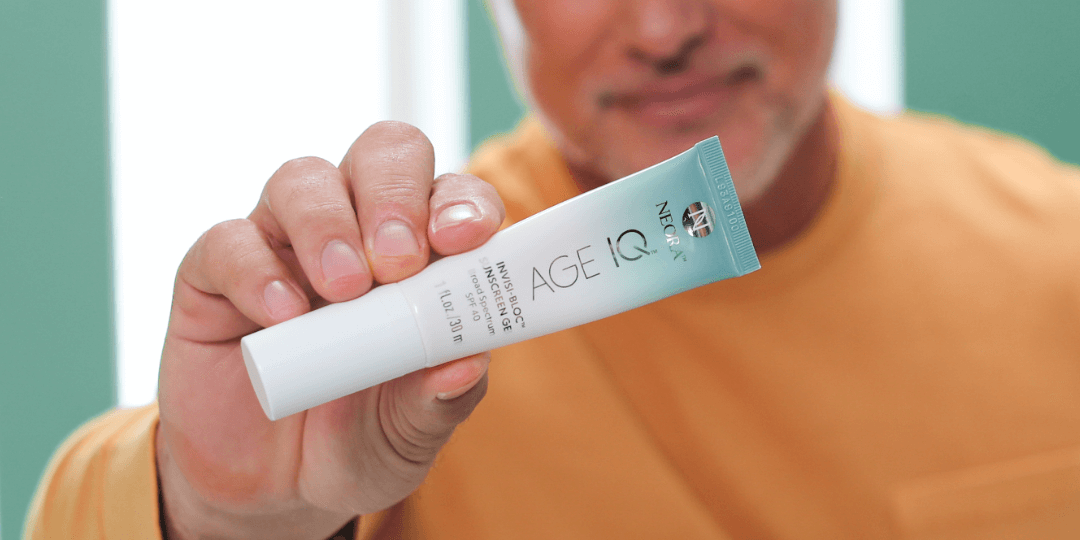Mineral vs. Chemical Sunscreen: What’s the Difference and Which Should You Choose?

With growing awareness around skin health and sun protection, choosing the right sunscreen has become more important — and more confusing — than ever. One of the most common questions consumers ask is: What’s the difference between mineral and chemical sunscreens? And more importantly, which one is better for me and my family?
This post breaks down the science behind both types of sunscreens, comparing how they work, their safety profiles, effectiveness, and environmental impact — so you can make an informed choice.
How They Work: Physical vs. Chemical Defense
- Mineral Sunscreens (also known as physical sunscreens) use active ingredients like zinc oxide or titanium dioxide to sit on top of the skin and physically reflect UV rays away from the body.
- Chemical Sunscreens use ingredients such as oxybenzone, avobenzone, octinoxate, or octocrylene. These absorb UV radiation, convert it into heat, and then release it from the skin.
Active Ingredients: What’s Inside?
- Mineral Sunscreen:
- Zinc oxide
- Titanium dioxide
These ingredients are considered broad-spectrum, meaning they protect against both UVA and UVB rays.
- Chemical Sunscreen:
- Avobenzone
- Oxybenzone
- Octinoxate
- Homosalate
- Octocrylene
These are often used in combination to achieve full-spectrum protection.
Safety and Sensitivity
- Mineral Sunscreens are often recommended for:
- Sensitive skin
- Children and babies
- People with skin conditions like rosacea or eczema
Because they are less likely to cause irritation and are not absorbed into the bloodstream.
- Chemical Sunscreens may cause irritation in some individuals, especially those with:
- Allergies
- Acne-prone or reactive skin
Some chemical ingredients, like oxybenzone, have been detected in the bloodstream, although the clinical significance is still under review by regulatory agencies.
Environmental Impact
- Mineral Sunscreens, especially those labeled “reef-safe”, are generally considered better for the environment. Zinc oxide and titanium dioxide in non-nano form do not appear to harm coral reefs.
- Chemical Sunscreens containing oxybenzone and octinoxate have been linked to coral bleaching. As a result, places like Hawaii and parts of the Caribbean have banned these ingredients in sunscreens.
Cosmetic Elegance: Feel, Finish, and Application
- Mineral Sunscreens:
- Tend to be thicker
- May leave a white cast, especially on darker skin tones
- Newer formulations with micronized or tinted minerals are improving this
- Chemical Sunscreens:
- Absorb quickly
- Blend well into the skin without a visible residue
- Preferred by many for daily wear under makeup or during outdoor activity
UV Protection Effectiveness
- Both mineral and chemical sunscreens can offer broad-spectrum protection if formulated correctly and used as directed.
- The key is not the type, but the SPF rating and proper application:
- Use at least SPF 30
- Apply 15 minutes before sun exposure
- Reapply every 2 hours, or after swimming or sweating
What Do Experts and Regulators Say?
- The FDA continues to study the long-term effects of chemical sunscreen ingredients. As of now, only zinc oxide and titanium dioxide are recognized as GRASE (Generally Recognized As Safe and Effective).
- Dermatologists recommend mineral sunscreens for:
- Infants under 6 months (chemical sunscreens are not approved)
- Individuals with compromised skin barriers
- Those with concerns about systemic absorption
Conclusion: Which Sunscreen Should You Choose?

The right sunscreen is the one you’ll actually use — consistently and correctly.
- Choose mineral sunscreen if you have sensitive skin, prefer fewer ingredients, want to avoid chemical absorption, or care about reef safety.
- Opt for chemical sunscreen if you want a lightweight feel, are not prone to sensitivity, or need a formulation that’s easier to wear daily or under makeup.
Neora’s Age IQ Invisi-Bloc SPF40 is a practically weightless, invisible watergel formula that offers a reef-friendly, phthalate-free, vegan and paraben-free option. Invisi-bloc features microcapsules of UV filters that instantly absorb to provide powerful protection that won’t clog your pores or show on your skin. When applied to your face and neck, Invisi-Bloc creates a blurred, matte primer perfect for make-up or a fresh faced look. It also protects against blue light damage from digital devices, which break down collagen, and environmental stressors such as pollution and smoke, and has a host of antioxidants that helps prevent signs of aging.
Whichever type of sunscreen you choose, daily sun protection is one of the most important steps in skin health and cancer prevention. Understanding the differences empowers you to choose the product that fits your lifestyle, values, and skin type.

No Comments